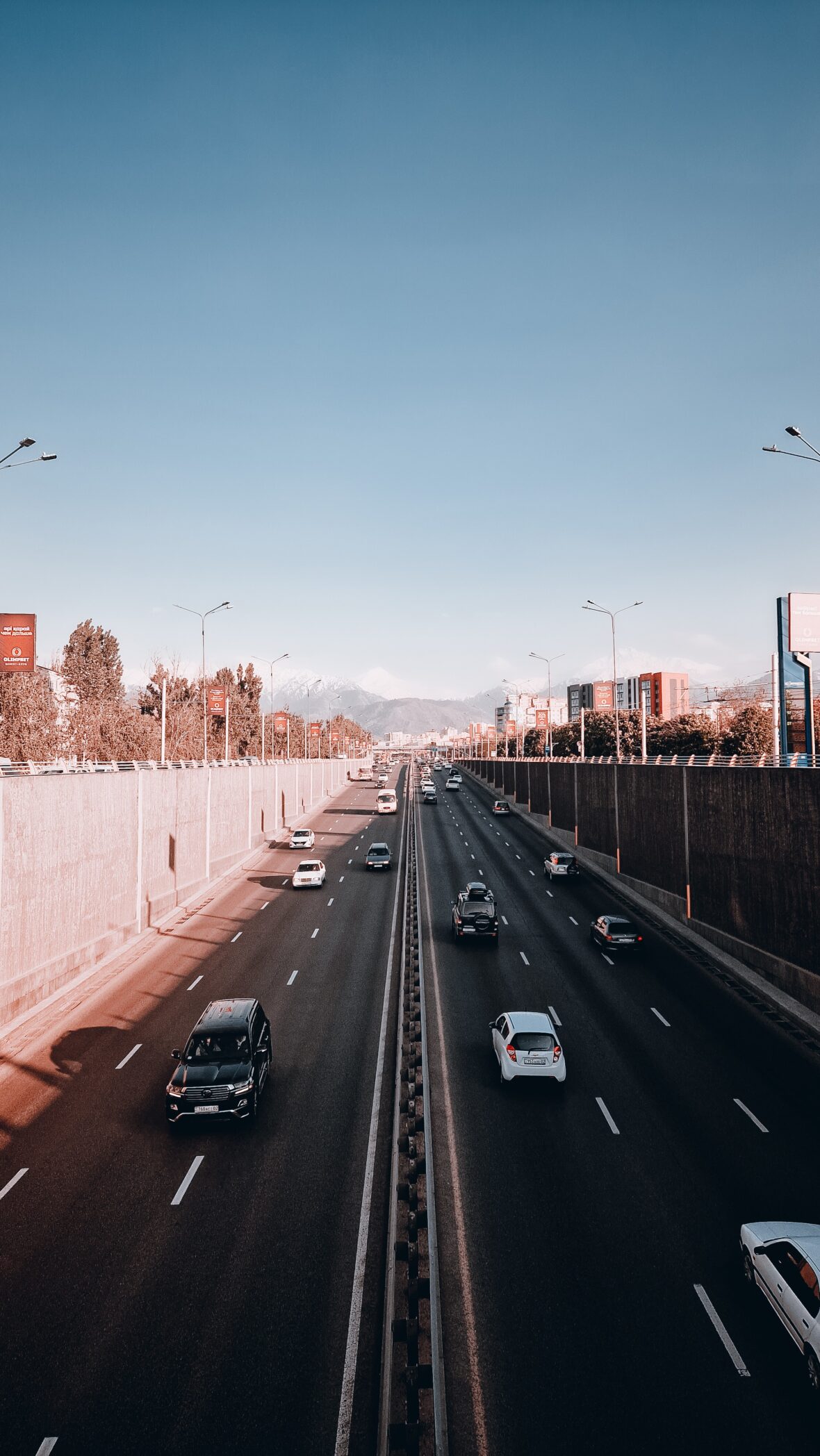It’s been 35 years since National Lampoon’s Vacation and the Griswold adventures in the Wagon Queen Family Truckster (a 1979 Ford LTD Country Squire). Safety technology and comfort features have come a long way since the days of that Ford station wagon. For summer road trips, here are the top features to have in your next vehicle.
A helping hand: lane-centring assist
In a dull, monotonous driving situation, such as highway traffic, it’s easy to have a momentary lapse in concentration. Lane-centring steering works as a safety net to prevent these lapses from becoming collisions. The system attempts to automatically steer your car along the middle of its lane. It’s better than more common lane-keeping systems, which only intervene once your car has already drifted to the edge of its lane. But be careful. Lane-centring is meant to be used as a backup only; it’s there to help a human be a better driver. The best lane-centring systems include a driver-monitoring system to make sure you’re watching the road. Once reserved only for luxury cars, this tech is starting to appear in mainstream vehicles.
As seen on: Nissan Rogue, Cadillac CT6, BMW X3, Acura RLX, Kia Niro, Mercedes C-Class, Audi A4, Tesla Model 3, Volvo XC60 and others.
Get there faster: Waze with Apple CarPlay
When it comes to shaving a few minutes off your trip, there’s nothing better than Waze, a navigation app by Google that uses crowd-sourced data. It helps you avoid construction and traffic jams by finding the absolute best route on any given day. Apple CarPlay allows your car’s infotainment screen to become an extension of your iPhone. But, until now, CarPlay only allowed the use of Apple’s own – inferior – Maps app for in-car navigation. With Apple’s coming iOS 12 software update, CarPlay will allow drivers to use third-party navigation apps such as Waze or Google Maps on in-car screens. Android phone users have been able to use Waze for navigation in Android Auto-enabled vehicles since last year, so this is really just Apple catching up.
As seen on: Honda Civic, Jeep Wrangler, Mini Countryman, Subaru Impreza, Ford EcoSport and others.
Take a break: attention alert
When you’re trying to make it to the next destination, it’s easy to ignore the signs of drowsy driving: wandering out of a lane, eyes drifting downward, even split-second lapses in consciousness called micro-sleep. Attention alert systems, or drowsiness detection systems, monitor data such as steering behaviour, lane position and time driven to let you know when it’s time to take a break. The newest attention alert systems can tell whether you have your hands on the wheel and your eyes on the road. It’s not just drowsiness; these systems are also good at detecting distracted driving, too.
As seen on: Mazda CX-3, Volvo XC90, Nissan Murano, Cadillac CT6, Honda Accord and others.
A moment of zen: massaging seats
Don’t sit down expecting a great shiatsu massage in your car, but massaging seats can prod your back and shoulders enough to ease the pain of being stuck in traffic. Some luxury automakers offer massaging seats with so many settings – upper or lower back, intensity levels, shiatsu or hot stone – the options are overwhelming. On a long drive though, you’ll have plenty of time to discover your favourite.
As seen on: Ford F-150, Ford Explorer, Audi Q7, Jaguar XJ, Lexus LS, Mercedes GLE, BMW 5 Series and others.
A last line of defence: emergency-steering assist
Think of emergency-steering assist as the next level of automatic emergency braking. If the vehicle senses a crash is imminent and the driver takes no action, not only will the car slam on the brakes, but it may try to steer to avoid the obstacle – while keeping the car in its lane. Volvo and Lexus are the first companies to offer such a system, but expect to see it on other cars in coming model years.
Give your feet a rest: next-gen cruise control
The monotony of stop-and-go traffic is mind-numbing. New stop-and-go cruise control technology lets the car handle the basic task of accelerating and braking in a highway traffic jam. It is terrifying the first few times you let it brake for you. It feels unnatural. But, perhaps even more terrifying is how quickly you learn to trust the car. Some stop-and-go systems can slow a car from 120 km/h down to a complete stop and back up to 120 km/h, without the driver intervening. Remember: As the driver, you’re still ultimately responsible for whatever happens.
As seen on: Volkswagen Golf Alltrack, Toyota C-HR, Subaru Outback, Jaguar I-Pace, Genesis G80 and others.
Endless entertainment: an amazing stereo
Podcasts give you the best radio shows on demand. Streaming services such as Spotify put all the music in the world at your fingertips. But it takes a killer stereo to make it all come alive. Hear the hearty Newfoundland lilt of CBC’s Tom Power as if he’s in the car with you. Volvo’s optional Bowers & Wilkins stereos probably sound better than what you have in your living room. Same goes for Jaguar Land Rover’s high-end Meridian systems. But, if money is no object, we’d go for the 2,200-watt, $11,500 Naim stereo fitted as an option to the new Bentley Continental GT. You’ll never want the journey to end.
As seen on: Bowers & Wilkins for Volvo, Meridian for Jaguar Land Rover, Naim for Bentley, Revel for Lincoln, Burmester for Mercedes, and others.
Sursa: heglobeandmail.com

